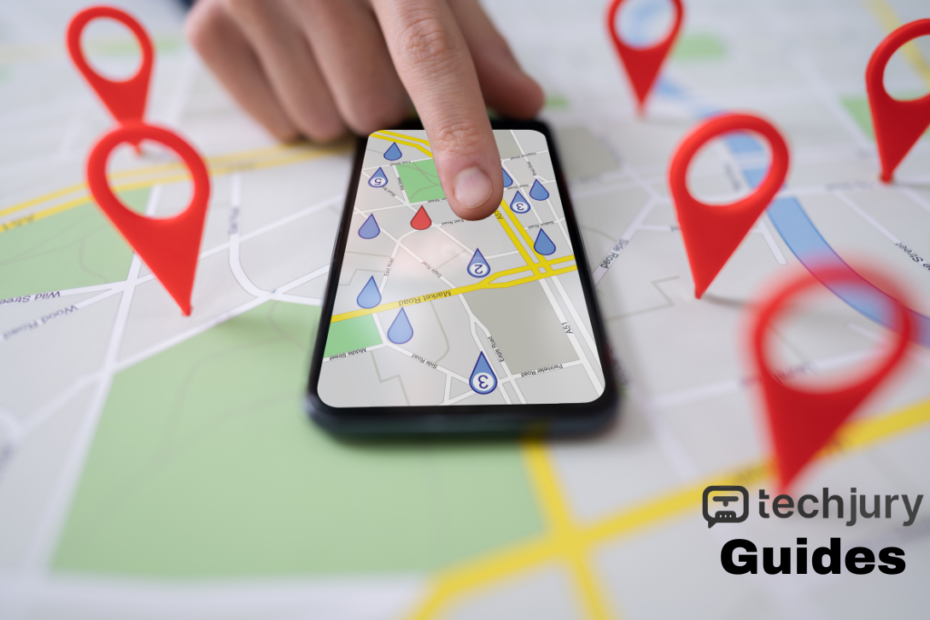Understanding Modern Location Tracking: More Than Just GPS
In our hyperconnected world, phone tracking technologies have evolved from simple location services to sophisticated digital surveillance systems. What was once considered science fiction has become an everyday reality, transforming how we understand personal security, family protection, and organizational management.
The Technological Evolution of Location Tracking
The journey of phone tracking technologies reads like a technological thriller. What began as rudimentary cellular network triangulation in the late 1990s has metamorphosed into a complex ecosystem of advanced tracking methodologies that leverage multiple technological frameworks.
Historical Context: From Analog to Digital Tracking
In the early days of mobile communication, tracking a phone‘s location was a challenging endeavor. Cellular networks provided only basic location information based on tower proximity. Law enforcement and emergency services were the primary users of these nascent technologies.
The turning point arrived with the widespread adoption of GPS-enabled smartphones. Suddenly, precise location tracking became not just possible, but commonplace. Companies like Google, Apple, and specialized tracking software developers began creating increasingly sophisticated tracking solutions.
Technical Mechanisms of Modern Phone Tracking
Contemporary phone tracking isn‘t just about pinpointing geographic coordinates. Modern systems integrate multiple technological layers to provide comprehensive monitoring capabilities:
Satellite-Based Geolocation
GPS satellites form the foundational tracking infrastructure. By triangulating signals from multiple satellites, devices can determine location with remarkable precision—often within a few meters.Cellular Network Triangulation
When GPS signals are unavailable, cellular networks provide alternative tracking methods. By measuring signal strength across multiple towers, a device‘s approximate location can be determined.Wi-Fi Positioning Systems
Wi-Fi access points create additional location reference points. Even without cellular or GPS signals, devices can be tracked through recognized wireless networks.Sensor Fusion Technologies
Advanced tracking systems combine data from multiple sensors: accelerometers, gyroscopes, and environmental sensors provide contextual location information beyond simple geographic coordinates.
Market Landscape and Application Domains
The phone tracking market has fragmented into several specialized domains, each addressing unique user requirements:
Parental Monitoring Solutions
Parents represent a significant market segment for tracking technologies. Applications like uMobix and Cocospy offer comprehensive monitoring tools that extend beyond location tracking, providing insights into messaging, social media interactions, and online behaviors.
Corporate Security and Employee Management
Enterprises leverage tracking technologies to manage remote workforces, ensure employee safety, and protect organizational assets. These solutions offer granular tracking capabilities, including device usage monitoring and geographic movement analysis.
Personal Safety and Emergency Response
Location tracking has become a critical component of personal safety strategies. Applications can automatically alert emergency contacts, share real-time location data, and provide rapid response mechanisms during potential crisis scenarios.
Privacy and Ethical Considerations
The proliferation of tracking technologies raises significant ethical questions. While these tools offer unprecedented safety and management capabilities, they simultaneously challenge fundamental privacy principles.
Legal Frameworks
Different jurisdictions maintain varied legal perspectives on tracking technologies. In the United States, consent and intended usage play crucial roles in determining the legality of tracking implementations.
Key legal considerations include:
- Explicit user consent
- Transparency of tracking mechanisms
- Data protection and storage protocols
- Limitations on tracking duration and scope
Technological Challenges and Future Projections
The next generation of tracking technologies will likely focus on:
- Enhanced privacy protection mechanisms
- More sophisticated consent management
- Artificial intelligence-driven contextual tracking
- Improved battery efficiency
- Advanced anonymization techniques
Investment and Market Opportunities
The global phone tracking market is projected to reach [USD 12.5 billion] by 2026, representing a compound annual growth rate of 22.3%. This explosive growth indicates significant technological and economic potential.
Practical Recommendations for Users
For individuals considering tracking technologies, consider these expert recommendations:
- Prioritize transparent and consensual tracking approaches
- Select solutions with robust privacy protections
- Understand the specific technological capabilities of your chosen platform
- Regularly review and update tracking permissions
- Maintain open communication with tracked individuals
Phone tracking technologies represent a nuanced intersection of technological innovation, personal safety, and ethical considerations. As these systems continue evolving, users must remain informed, critical, and proactive in their approach.
The future of tracking isn‘t about surveillance—it‘s about creating intelligent, consensual systems that enhance personal and organizational safety while respecting individual privacy.
About the Research
This comprehensive analysis draws from extensive technological research, market reports, and expert consultations across multiple domains of location tracking technologies.
